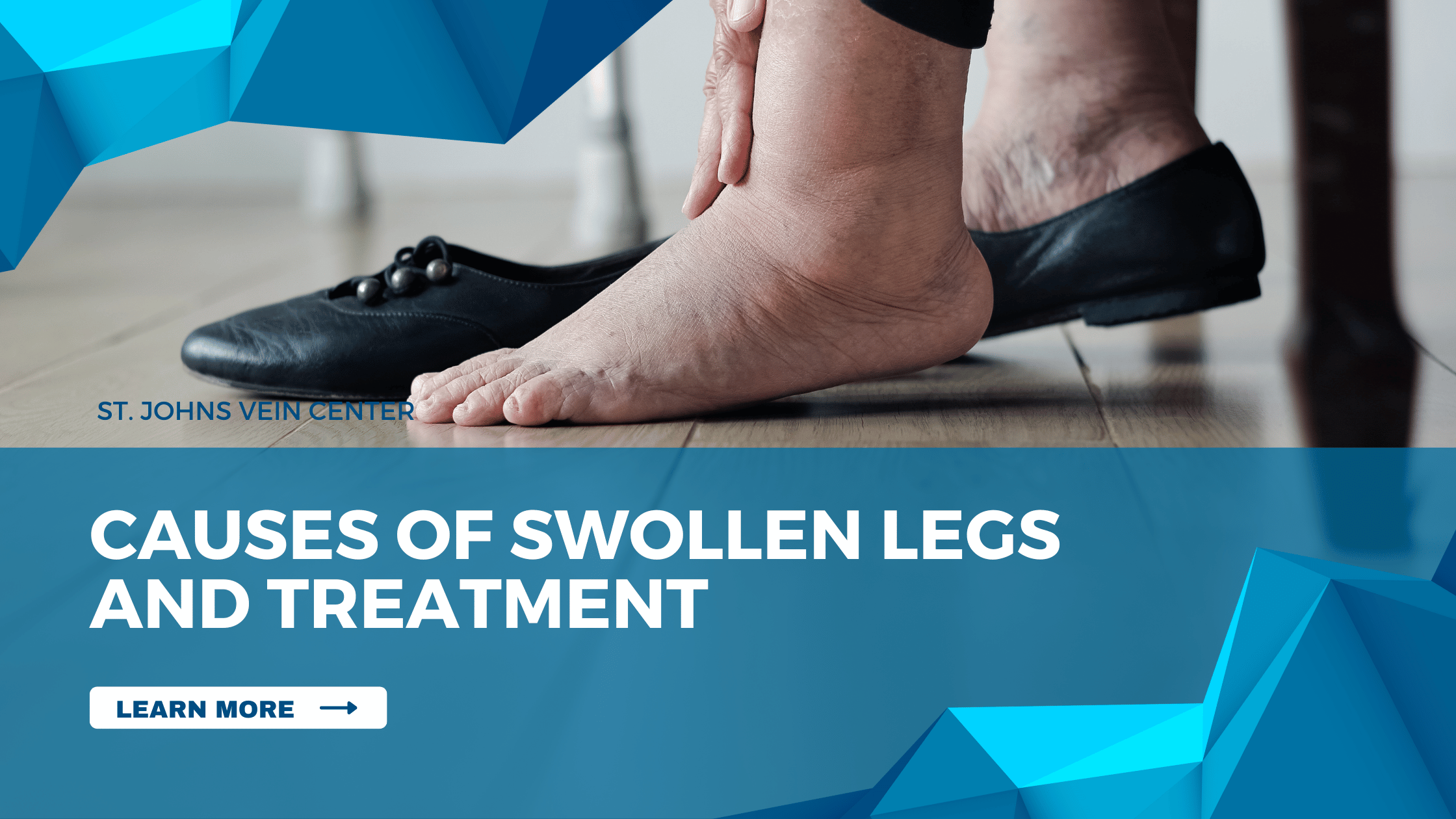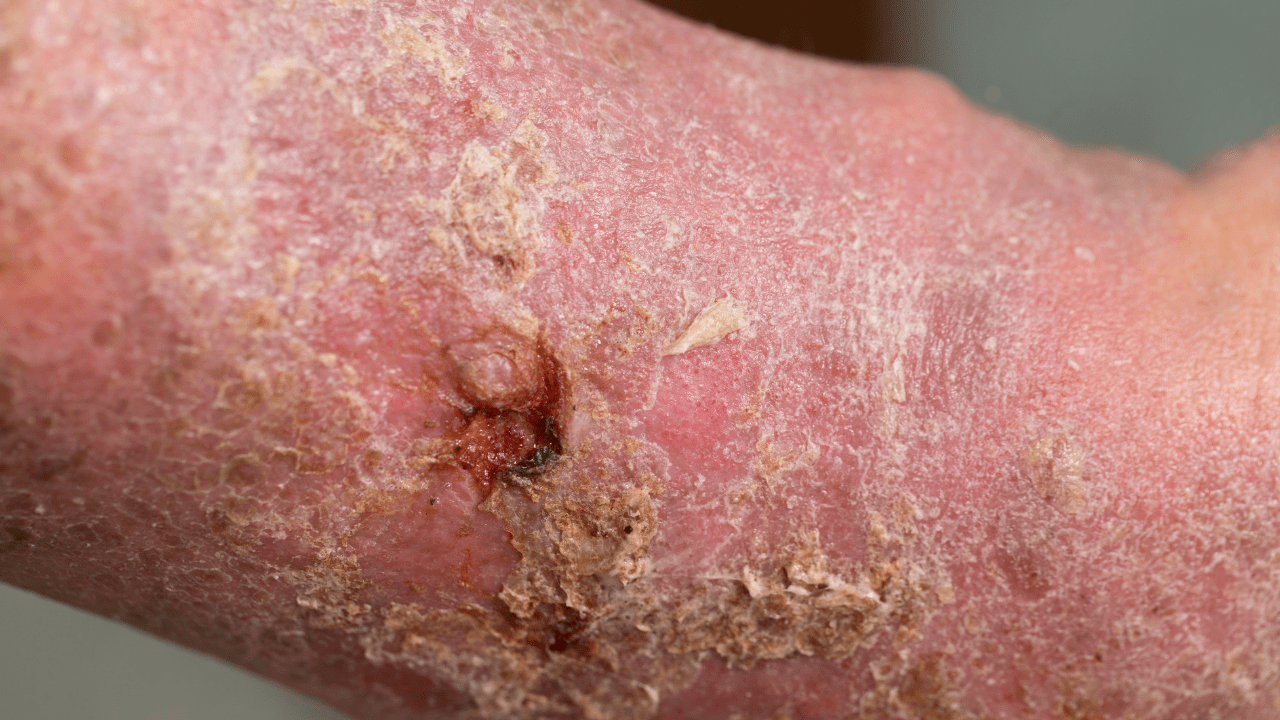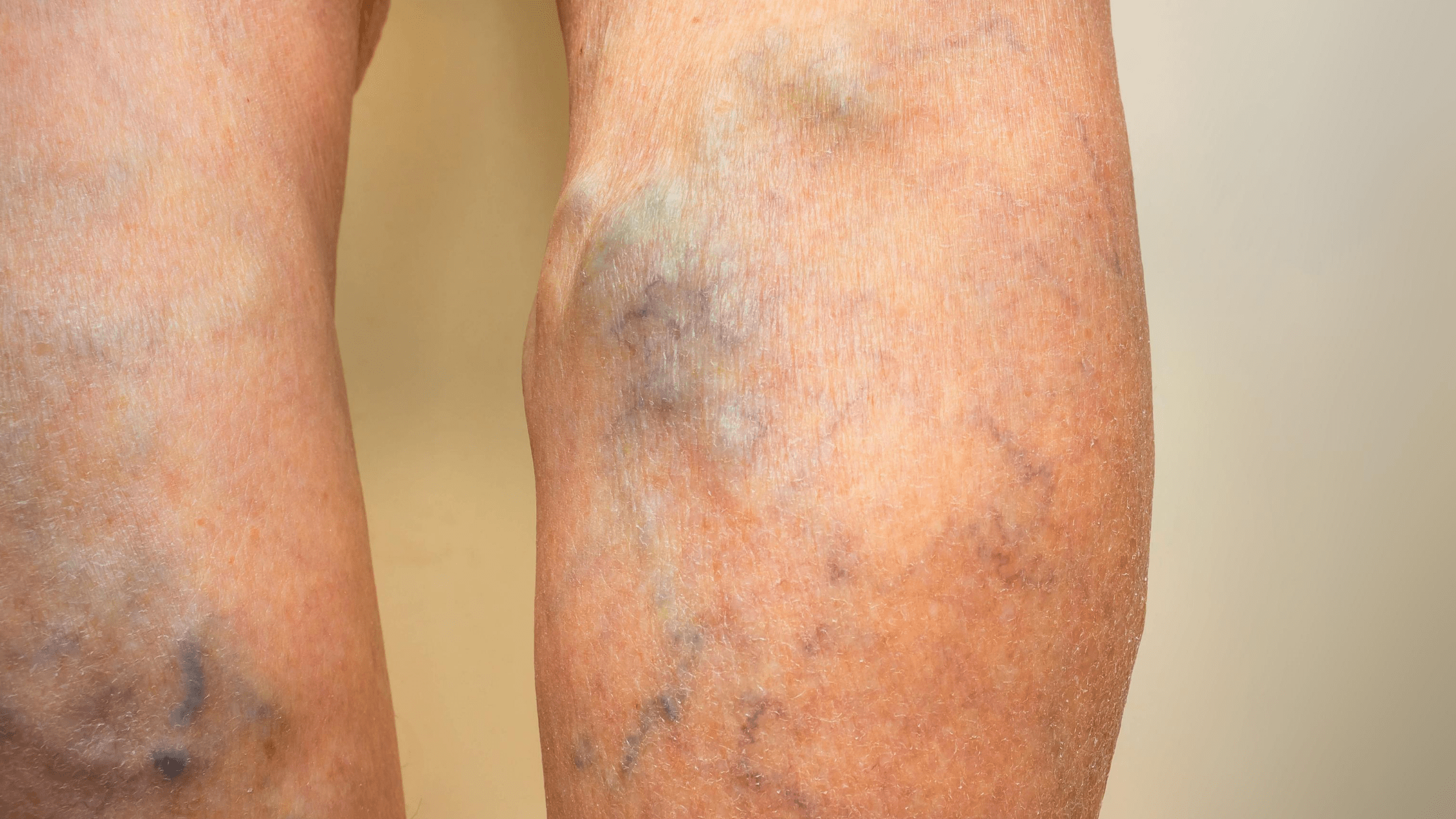Swollen legs, also known as edema, can be uncomfortable and frustrating. It can range from mild to severe and can happen suddenly or gradually over time. In this article, we’ll cover potential causes of leg swelling, discuss treatments to reduce symptoms and provide tips for prevention.
What Causes Swollen Legs?
Leg swelling can be caused by various conditions, including dehydration, excessive salt intake, circulation problems due to sitting or standing for long periods, an injury that causes inflammation, pregnancy, and certain medications. In addition, health conditions such as chronic venous insufficiency (CVI), deep vein thrombosis (DVT), and lymphedema can all lead to leg swelling. Therefore, identifying the underlying cause is essential to determine the best course of treatment.
Treating Fluid Retention.
Fluid retention often causes swelling in the legs. To treat this, try taking over-the-counter diuretics, avoiding salt, exercising regularly, and drinking lots of fluid. Elevating your legs while resting can help promote circulation and decrease swelling. Frozen packs or ice cubes wrapped in a cloth can be applied for 10 to 20 minutes to reduce inflammation and discomfort.
Keeping Veins Healthy with Weight Management and Exercise.
Maintaining a healthy weight is also essential for reducing swelling and keeping veins healthy. Even a 10% body weight loss can make veins less prominent and alleviate symptoms of leg swelling. Exercise, in particular, helps to support proper circulation since it uses the muscles of the legs to help maintain blood flow back to the heart and away from the feet. Walking, cycling, or swimming are all beneficial exercises that help promote better vein health.
How to Promote Circulation and Reduce Swelling in the Legs.
To provide relief from swollen legs and to reduce swelling, there are several steps you can take. Compression stockings are an excellent place to start. These garments apply gentle pressure around the ankle, calf, and thigh, which helps increase circulation in these areas and keeps the fluids in the limbs moving throughout the day. Additionally, elevating the legs while sitting or sleeping helps keep blood and fluids circulating back toward the heart instead of pooling in the lower extremities. Lastly, massaging your legs also helps promote circulation.
When is a Medical Professional Needed for Treating Swollen Legs?
If home remedies for swollen legs fail to bring relief, it may be time to seek help from a medical professional. Severe conditions such as deep vein thrombosis and peripheral artery disease require immediate attention from a doctor who can diagnose and treat these issues properly. Also, see a doctor as soon as possible if the swelling persists for more than one week without improvement or is accompanied by severe pain, redness, or tenderness.




